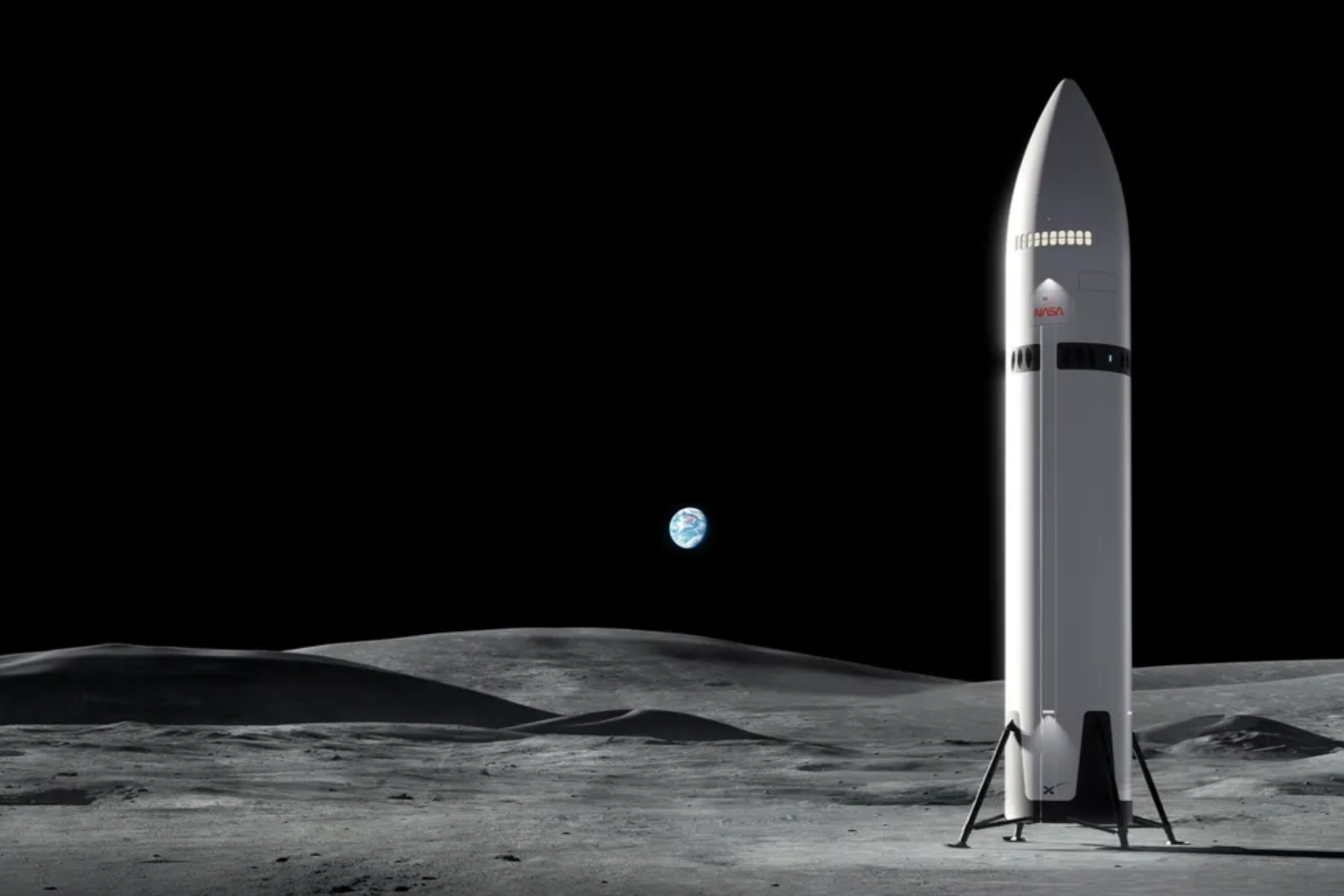SpaceX has completed the final major test ahead of a critical flight test of its Mars-bound Starship rocket.
The upper stage of the rocket performed a static fire of its six raptor engines while anchored to the launch pad at SpaceX’s Starbase facility in Texas on Monday, with the launch expected to take place in the coming days or weeks.
It will be the eleventh flight test for the world’s biggest and most powerful rocket, which SpaceX boss Elon Musk hopes to use to send astronauts to Mars in 2029.
Starship is also being developed to deliver crew and cargo to the surface of the Moon as part of Nasa’s Artemis program.
The next flight test will follow a similar profile to the previous two Starship flights, with the upper stage launching from Starbase and splashing down in the Indian Ocean.
SpaceX has suffered a series of disappointing Starship launches in 2025, with only the most recent flight test on 26 August proving successful.
The setbacks have forced Nasa to push back its schedule for its Artemis program, which aims to return humans to the Moon for the first time in more than 50 years.
The lunar landing was originally set to take place in 2024, however challenges with the development of the Starship Human Landing System (HLS) mean the crewed flight is now expected to take place no earlier than mid-2027.

A recent meeting of the Aerospace Safety Advisory Panel found that Nasa’s Moon mission could face even further delays due to fundamental issues with Starship HLS.
“The HLS schedule is significantly challenged and, in our estimation, could be years late for a 2027 Artemis 3 Moon landing,” said panelist Paul Hill, who is a former director of Mission Operations at Nasa.
The main issue relates to orbital refuelling of the rocket, which is required to deliver astronauts to the lunar surface.
SpaceX is yet to demonstrate that the process, known as cryogenic propellant transfer, is possible.
“The next six months of Starship launches will be telling about the likelihood of HLS flying crew in 2027 or by the end of the decade,” the Aerospace Safety Advisory Panel concluded.
Source link


